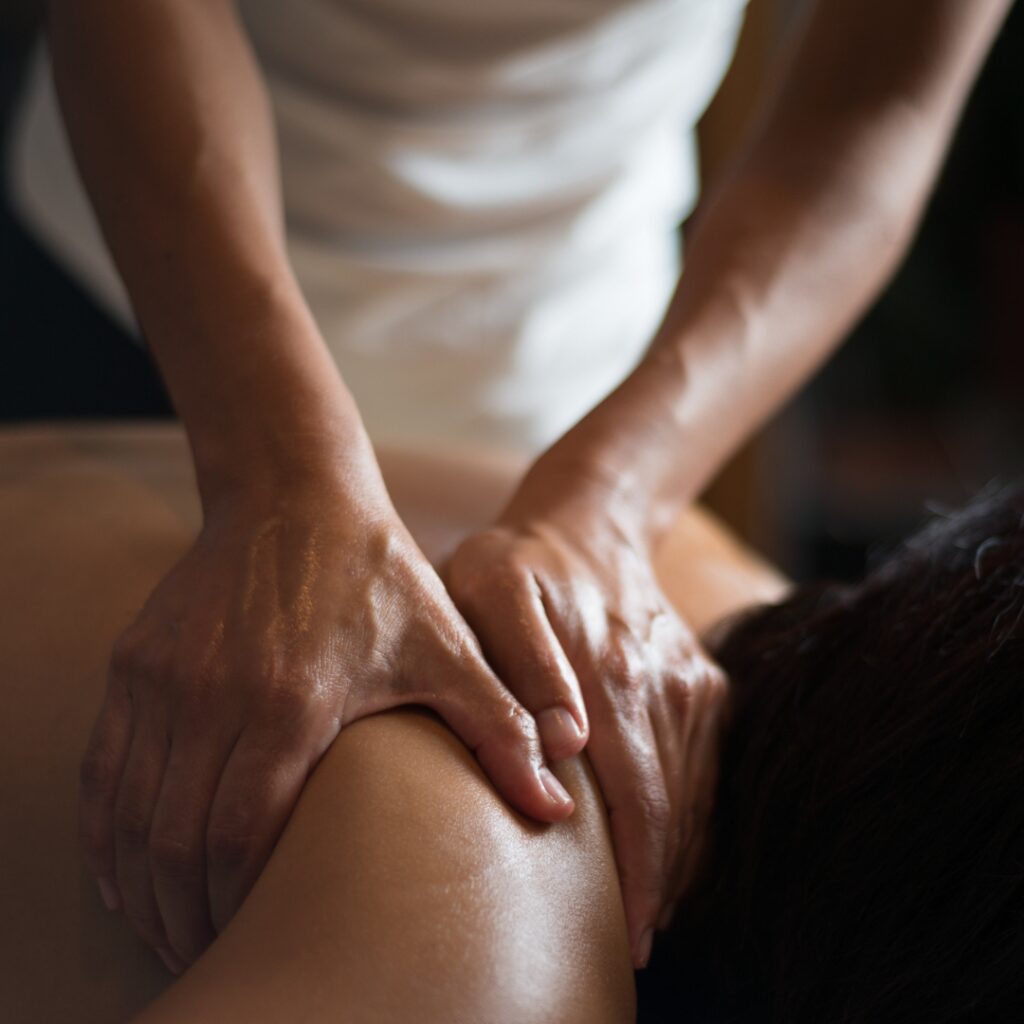Thai massage, with its unique blend of stretching, acupressure, and deep tissue work, has been celebrated for centuries as a holistic therapy that goes beyond just a physical treatment. Rooted in traditional Thai medicine, this ancient practice offers profound healing benefits that encompass both the body and mind. It’s not just about the skill of the therapist, but the deep knowledge, energy, and intent that shape the therapeutic experience. Here’s why Thai massage is much more than just a skill and why it is considered a holistic healing practice.
1. A Holistic Healing Approach
Thai massage is deeply rooted in the philosophy of holistic health, where the body, mind, and spirit are all considered interconnected. It is based on the concept of “Sen lines,” which are similar to the meridian lines in Traditional Chinese Medicine. These lines are believed to be pathways of energy that flow through the body. When energy becomes blocked or stagnant, it can lead to pain, discomfort, or illness.
- Energy Flow Restoration: Thai massage focuses on unblocking and balancing the flow of energy along these Sen lines, helping the body restore its natural rhythm. The therapist uses a combination of gentle pressure, stretching, and rhythmic movement to stimulate energy flow, promoting relaxation, vitality, and emotional balance.
- Mind-Body Connection: Unlike many Western massage techniques that focus solely on muscle relaxation, Thai massage emphasizes the mind-body connection. Clients often report feeling a deep sense of calm and mental clarity, as the practice encourages mindfulness and relaxation throughout the entire session.
2. Physical Benefits Beyond Relaxation
While Thai massage is known for its ability to relax the body, its physical benefits extend much further.
- Flexibility and Mobility: Thai massage incorporates a unique combination of assisted stretches, similar to yoga poses, that help increase flexibility and improve joint mobility. These stretches help release tight muscles, alleviate chronic tension, and improve overall posture.
- Pain Relief and Muscle Recovery: Whether you’re dealing with muscle aches, joint pain, or recovery from intense physical activity, Thai massage can be an effective way to relieve discomfort. The deep pressure used in Thai massage works through the muscles and connective tissues to release knots and alleviate pain, promoting faster healing and recovery.
- Detoxification: Thai massage also stimulates the lymphatic system, which plays a crucial role in detoxifying the body. The massage techniques encourage the movement of lymph fluid, aiding in the removal of toxins and improving circulation. This can lead to better immune function and overall health.

3. A Therapeutic Practice, Not Just a Massage
The art of Thai massage is more than just the application of techniques—it’s about healing through intention, energy, and deep knowledge of anatomy and energy flow.
- Therapist’s Skill and Presence: While the techniques themselves are powerful, the role of the therapist’s energy and presence is just as important. A skilled Thai massage therapist brings intention and mindfulness to every touch, creating a space where the client can experience healing on multiple levels. Their understanding of the body’s energy system and how it relates to overall health enhances the healing power of the massage.
- Healing Through Touch: In Thai massage, the therapist uses not just their hands, but also their elbows, knees, and feet, applying varying degrees of pressure to different areas of the body. The therapist’s ability to sense where tension or blockages are located allows them to tailor the session for maximum therapeutic benefit, whether it’s targeting a specific problem area or providing a full-body experience.
4. Stress Reduction and Mental Clarity
In today’s fast-paced world, stress is a constant factor that affects both physical and mental well-being. Thai massage is a powerful tool for relieving stress and improving mental clarity.
- Deep Relaxation: The slow, rhythmic movements of Thai massage help trigger the parasympathetic nervous system, also known as the “rest and digest” system, which counteracts the body’s stress response. This promotes deep relaxation and reduces the levels of cortisol (the stress hormone) in the body.
- Mental Clarity and Emotional Balance: By relaxing the body and mind, Thai massage helps clear mental fog and restore emotional balance. Many clients report feeling more centered, grounded, and at peace after a session. This can be especially beneficial for individuals dealing with anxiety, depression, or emotional stress.
5. Spiritual and Energetic Healing
Thai massage isn’t just about physical relief; it’s deeply intertwined with spiritual and energetic healing. The practice is often described as a form of “meditative healing” that aims to balance the body’s physical, emotional, and spiritual well-being.
- Energy Alignment and Balance: The focus on energy flow during Thai massage helps align the body’s energy, allowing clients to feel more connected to their inner selves and surroundings. This can be an incredibly spiritual experience for many, as it connects them to a greater sense of peace and well-being.
- Mindfulness and Presence: Thai massage encourages mindfulness—both for the client and the therapist. Through deep awareness of the body’s sensations and the breath, clients can enter a meditative state that fosters inner healing and growth. The spiritual aspect of Thai massage is not only about relaxation but also about reconnecting with one’s sense of balance and purpose.
6. A Tradition of Healing Passed Down Through Generations
Thai massage is not a modern invention, but rather a centuries-old tradition with a rich cultural and spiritual history. It has been practiced for thousands of years in Thailand and has been passed down through generations of healers.
- Traditional Knowledge and Techniques: The wisdom behind Thai massage is steeped in the traditional healing systems of Thailand, which incorporate elements of Ayurvedic medicine, yoga, and Buddhist philosophy. The practice has evolved over time but has always remained true to its core principles of holistic healing.
- Cultural Significance: For many Thai massage practitioners, the practice is not just a job—it is a calling. The respect for the tradition, the reverence for the healing process, and the connection to the spiritual roots of Thai massage give it an authenticity and depth that sets it apart from other types of massage.

7. Thai Massage as a Preventative Health Tool
Beyond immediate relief, Thai massage can serve as a preventative health tool, helping to maintain optimal health and well-being.
- Regular Maintenance of the Body: Just like yoga, Thai massage helps maintain flexibility, reduce stress, and promote overall health. When practiced regularly, Thai massage can help prevent muscle stiffness, improve circulation, and maintain energy levels, keeping the body in balance.
- Preventing Injury: By improving joint mobility, muscle flexibility, and circulation, Thai massage can reduce the risk of injury and muscle strain, making it an ideal practice for active individuals or those with physically demanding lifestyles.
Conclusion
Thai massage is far more than just a therapeutic technique; it is a holistic healing practice that nurtures the body, mind, and spirit. Its roots in ancient Thai medicine, its focus on energy flow, and its ability to address both physical ailments and mental stress make it a powerful tool for promoting overall health and well-being. Whether you’re seeking relief from pain, a way to relax, or a deeper connection with yourself, Thai massage offers a unique and transformative experience that goes far beyond the skill of the therapist—it is truly a healing journey.

